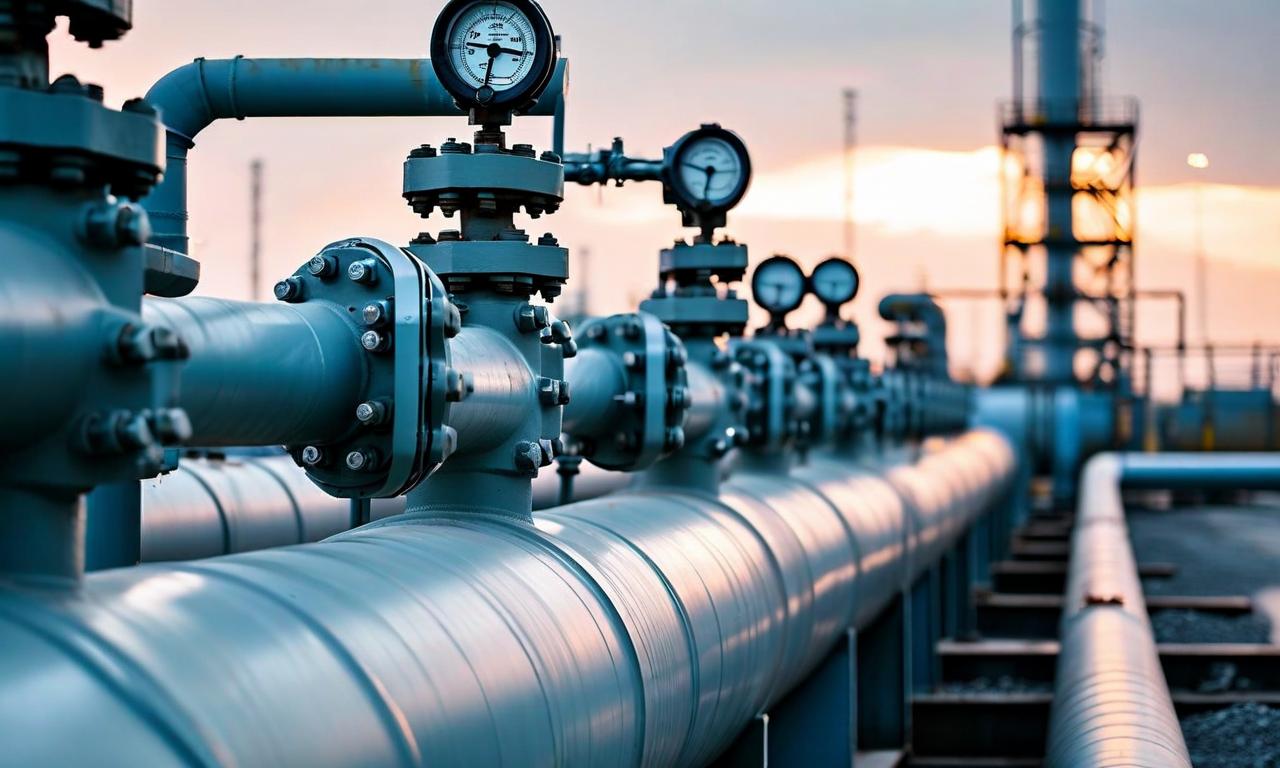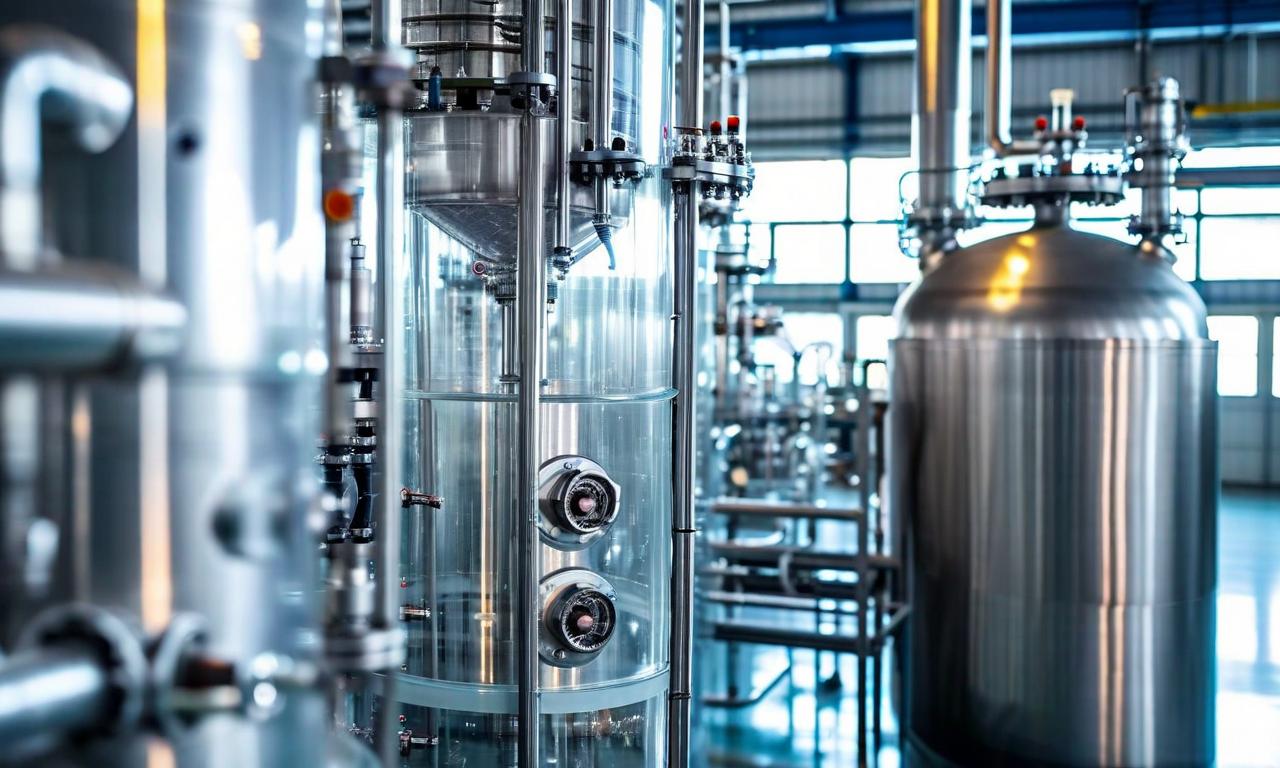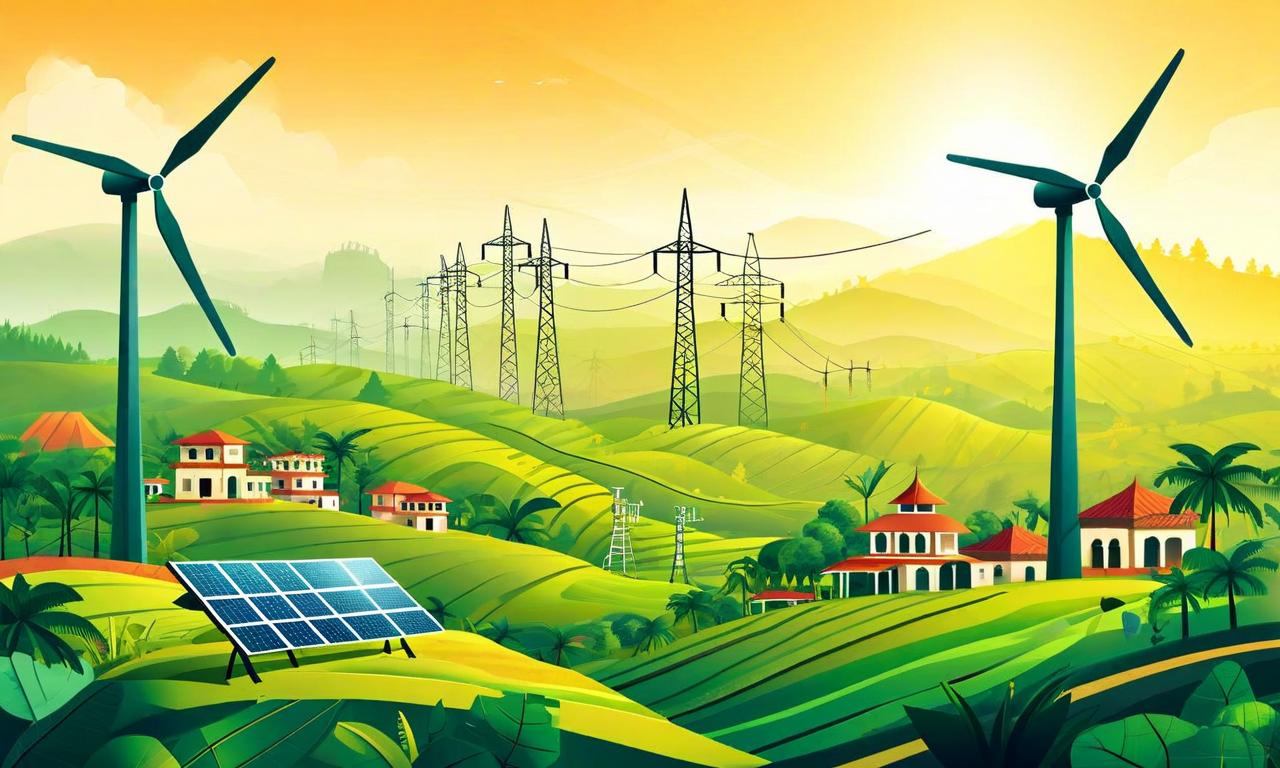U.S. Natural Gas Futures Climb 2.2% on Smaller-Than-Expected Storage Build
U.S. natural gas futures increased by 2.2% on Thursday following the release of the Energy Information Administration (EIA) report. The report showed a smaller-than-anticipated build in natural gas storage levels, suggesting either stronger demand or tighter supply than expected. This unexpected data point caused traders to reassess the supply-demand balance, leading to the price increase. The market's reaction highlights the sensitivity of natural gas prices to storage data and its potential impact on future supply availability.

*this image is generated using AI for illustrative purposes only.
U.S. natural gas futures experienced a notable uptick on Thursday, rising 2.2% following the release of the latest Energy Information Administration (EIA) report. The increase was primarily driven by data showing a smaller-than-anticipated build in natural gas storage levels.
Storage Build Below Market Expectations
The EIA's weekly report revealed that the increase in natural gas storage was less than what market analysts had projected. This unexpected data point sparked a reaction in the futures market, pushing prices higher as traders reassessed the supply-demand balance.
Market Implications
The lower-than-expected storage build suggests that either demand for natural gas was stronger than anticipated or supply was tighter than previously thought. This development could have implications for future price movements, especially as the market heads into the shoulder season between peak summer cooling demand and winter heating demand.
Futures Price Movement
The reaction to the EIA report was swift, with natural gas futures climbing 2.2%. This price movement reflects the market's sensitivity to storage data and its potential impact on future supply availability.
Looking Ahead
While this single data point has caused a short-term price increase, market participants will be closely monitoring subsequent reports to determine if this is part of a larger trend or an isolated event. Factors such as weather patterns, industrial demand, and production levels will continue to play crucial roles in shaping the natural gas market landscape.
The natural gas market remains dynamic, with storage data serving as a key indicator for traders and analysts in assessing the balance between supply and demand in the U.S. energy sector.
























